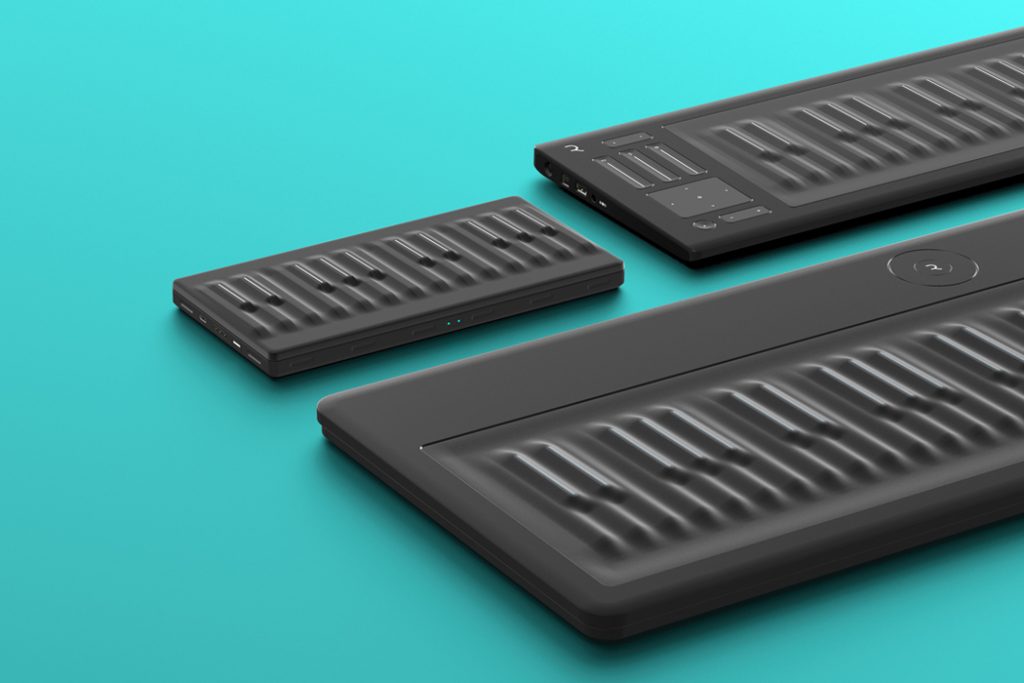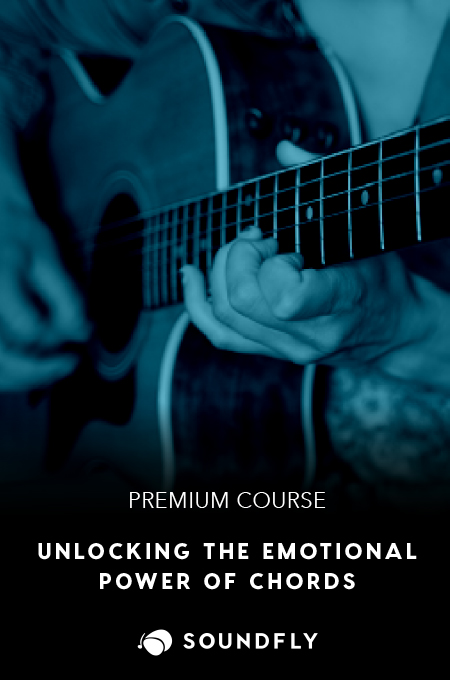+ Take your modern jazz piano and hip-hop beat making to new heights with Soundfly’s new course, Elijah Fox: Impressionist Piano & Production!
A MIDI controller is any piece of equipment that generates and transmits musical data to electronic instruments. They’re typically used to trigger sounds — similar to the way a keyboard triggers notes — or to control the parameters of a sound effect, like moving a knob to filter or process the sounds on a synthesizer.
99% of the MIDI controllers you’ll find in the marketplace will look like some sort of keyboard. Keyboards are great musical tools; there’s a reason why they’ve been at the center of western musical composition for around 500 years. However, in today’s Wild West musical frontier, musicians are breaking free of the shackles of this design convention and looking for new, creative ways to make music — beyond western intonation, beyond purely tonal sound, and beyond the straightforward performability of single keys representing single notes.
Here are seven amazing tools for you to consider using if you’re looking to create uncompromising digital music, with a greater level of control over the quality of your sound. If you’re just getting started making digital music, our team of Soundfly Mentors can help you improve your game with one-on-one goal-driven coaching for four weeks. Let us know what you’re working on!
The Lightpad by ROLI
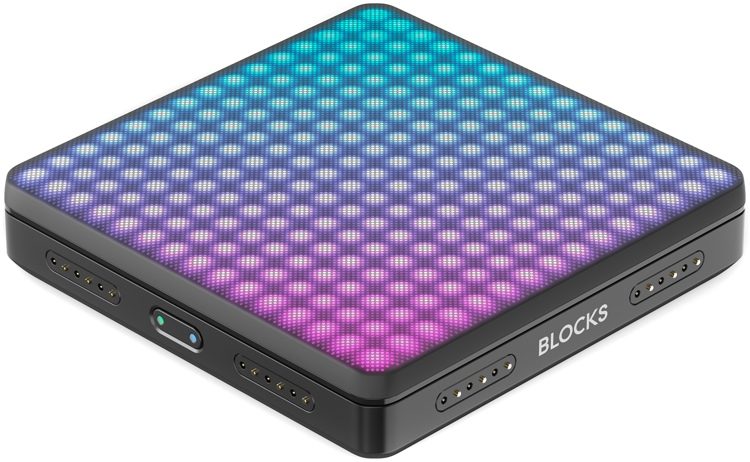
The Lightpad is a pressure-sensitive touchpad that uses microkey touchback to give you a tactile experience while playing. This means that you can physically feel the effect of your touch on the pad, which, as a result, makes you feel more in control.
The Lightpad is powered by the Noise app, a free app you can download on your iOS device, through which you can program chords, arpeggiators, and a variety of sonic parameters. You can even buy multiple touchpads and stick them together with built-in magnets to create a custom setup that will let you really use these blocks as a multipurpose interface.
Price: $199
Perfect for: musicians who want to play something that looks as cool as it sounds; people who enjoy using lots of filters, chord triggers, and other effects, as opposed to playing things out on the keyboard
The AlphaSphere by Nu Desine

The AlphaSphere is a spherical arrangement of circular touchpads that looks like some sort of alien basketball. Each touchpad is made of rubber stretched over a plastic frame sensitive enough to determine how much pressure you’re exerting on the pad.
While it comes with its own proprietary software, it doesn’t seem super intuitive to use. However, if you want to know more about this MIDI device, I recommend checking out this Sound on Sound review.
Price: $899-$1,500
Perfect for: trust fund kids who need the craziest-looking equipment to stand out
The Eigenharp

The Eigenharp is the self-described “most expressive electronic instrument ever made.” It offers a huge range of sounds that can be expressed by the keys, strip controllers, and breathpipe. This means you can make and affect the sound by playing keys, moving your fingers along the instrument, breathing into a mouthpiece, or doing it all at the same time!
They have three different models: the modestly priced Pico, the high-mid range Tau, and the absolutely bananas Alpha. The Pico has 18 keys and 4 mode keys, and is about 35 cm long. This version is simply a controller, so it doesn’t come with any built-in sounds, but you can easily connect it to your computer and start to program sounds for it.
Price: £459 ($650) for the Pico, £2,395 ($3,400) for the Tau, £4,950 ($7,050) for the Alpha
Perfect for: electronic musicians who want to break out from behind their keyboards and laptops during live performance; oboists with pizzazz
The EWI USB by AKAI
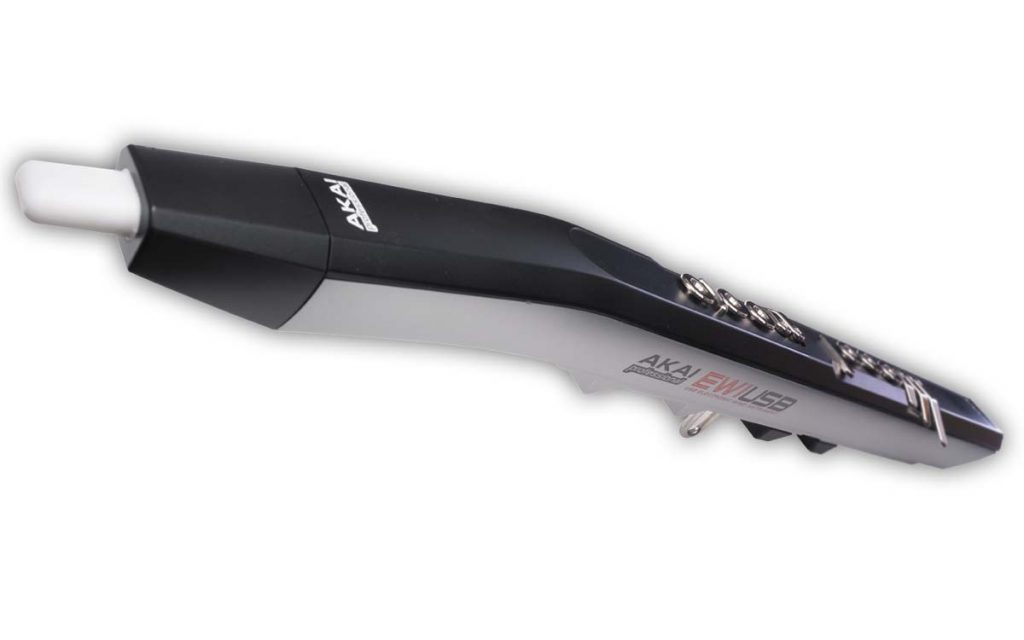
The EWI USB is the perfect interface for woodwind players who want to make music electronically. It has multiple fingering modes that let you pick right up where you left off with your sax, flute, or oboe, so no matter what you’re used to, you can easily pick this up and start playing.
It mixes the pressure and control of a bite-sensitive mouthpiece with the range of sounds you can make from electronic sources. It also has a pitch-bend wheel for more control over your sound.
Price: $290
Perfect for: woodwind players who want to make electronic music
The Skoog 2.0

The Skoog is an easy-to-play instrument that is designed to help people who are unable to play conventional instruments. It’s a soft box with five semispheres that protrude on each side. To make and affect sound, players can push each of the semispheres, run their fingers along the sides, or even squeeze the whole box.
The Skoog is pretty limited, but it’s perfect for people who have never played an instrument before.
Price: £119 ($265)
Perfect for: absolute beginners; musicians with special needs
The Crystall Ball by Naonext

The Crystall Ball is designed to create and control sound, light, and video based on movement. In addition to the usual functions of a keypad, each key can be used to control five individual optical sensors that give users control of numerous effects, notes, and samples.
The ball is totally customizable, and you can set any parameter you want to the keys or optical sensors. You set whatever you want — whether it be a note or some effect to the sensors — and then as you move your hand over the optical sensor, it triggers the effect, note, or amplitude.
Price: $399
Perfect for: theremin enthusiasts who want more; electronic musicians who want to be more engaging performers
The Seaboard by ROLI
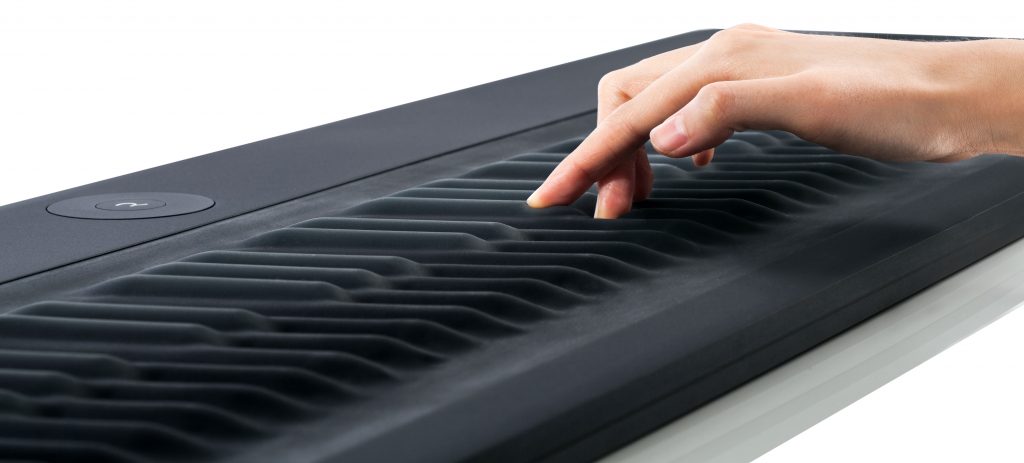
The Seaboard is a MIDI controller modeled after a keyboard, but its keys are squishy, giving you a lot of pressure control. There are no separate keys; the whole keyboard functions as a single pressure-sensitive interface that you can play like a piano, but also bend the pitch of notes by moving the soft, rubbery keys.
The keyboard has four dimensions of touch: strike, pressure, glide, and lift. It really gives the player a whole new range of parameters to use while they play. While it might take you a few days to get use to the action of the keyboard, it opens up all that you can do with a traditional MIDI controller.
Price: $1,999 for the 61-key GRAND Stage, $849 for the 25-key RISE, and $299 for the Seaboard Block (meant to integrate with the ROLI Blocks)
Perfect for: keyboardists who have always wished they could make their instrument sound more like, well, every other instrument ever.
Play Your Heart Out!
Continue your learning adventure on Soundfly with modern, creative courses on songwriting, mixing, production, composing, synths, beats, and more by artists like Kiefer, Kimbra, Com Truise, Jlin, Ryan Lott, RJD2, and our newly launched Elijah Fox: Impressionist Piano & Production.
